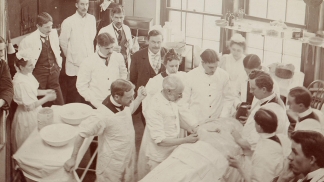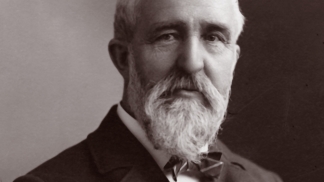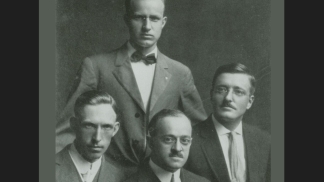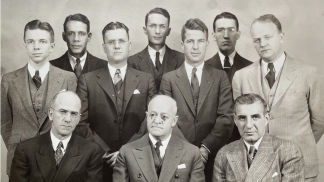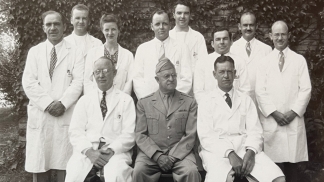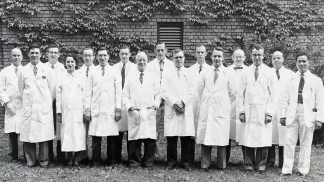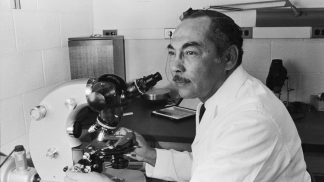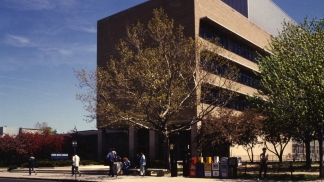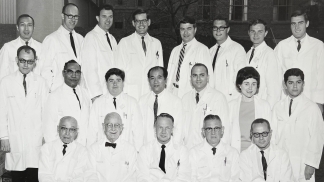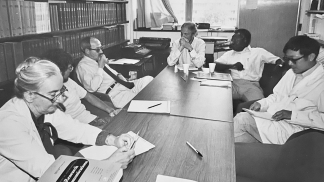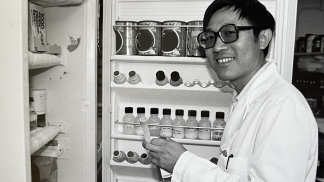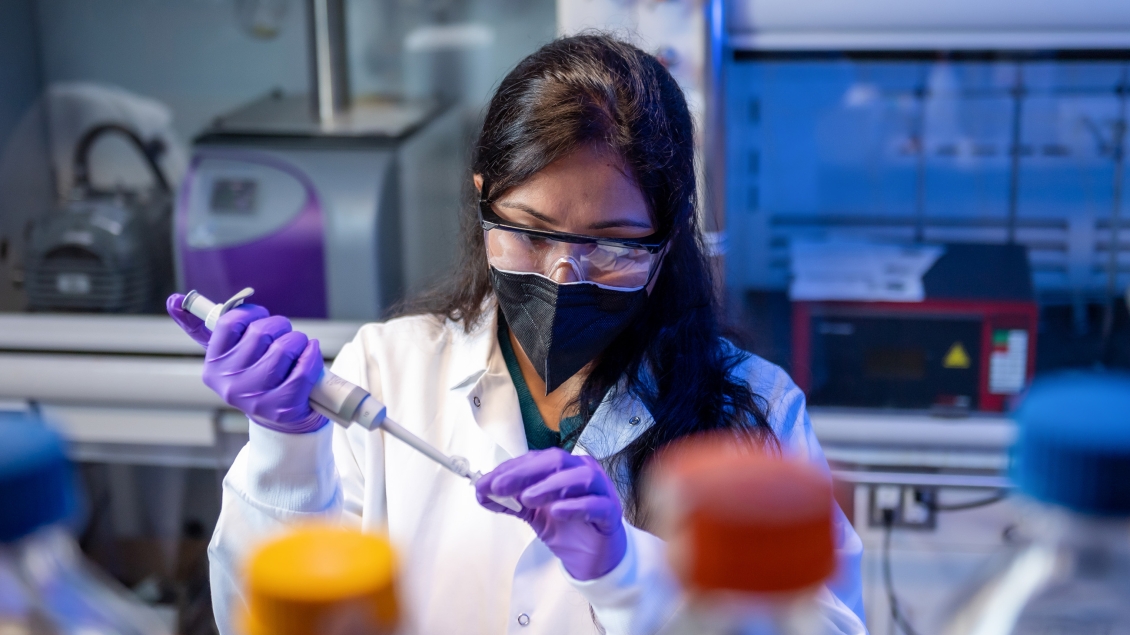
Dedicated to Excellence
The Department of Dermatology is a trusted leader in the investigation and advanced treatment of many skin diseases.
One of the oldest dermatology departments in the nation, the University of Michigan first offered clinics for specialized care of diseases of the skin in 1890. Our teaching programs have trained generations of outstanding dermatologists, since 1913. Our postdoctoral Training Program in Cell and Molecular Dermatology, supported by an NIH training grant, has provided research training for many nationally and internationally recognized leaders in academic dermatology since 1977.
Our clinical teams and faculty experts are dedicated to improving the health of our patients. Our research teams are engaged in ground breaking discovery to advance treatment for skin cancer, skin aging and autoimmune and inflammatory diseases. Our training programs are committed to diversifying future generations of dermatologists and cutaneous scientists to advance medical knowledge and innovation that improves health for all.
Our Mission
Our mission is to advance dermatologic patient care, research, and education, grounded in an unwavering commitment to diversity, equity, and inclusion.
Our Vision
We strive to advance our collective knowledge by pushing the boundaries of medical science through research and innovation.
We aspire to train and empower future generations of socially-conscious and passionate leaders in dermatology, ready to tackle the challenges in our field.
We are dedicated to fostering a community that values individual differences and respects diverse talents.
At the core of our mission, we acknowledge the sociocultural context in which our work occurs and will work ceaselessly towards promoting diversity and cultivating inclusion.
